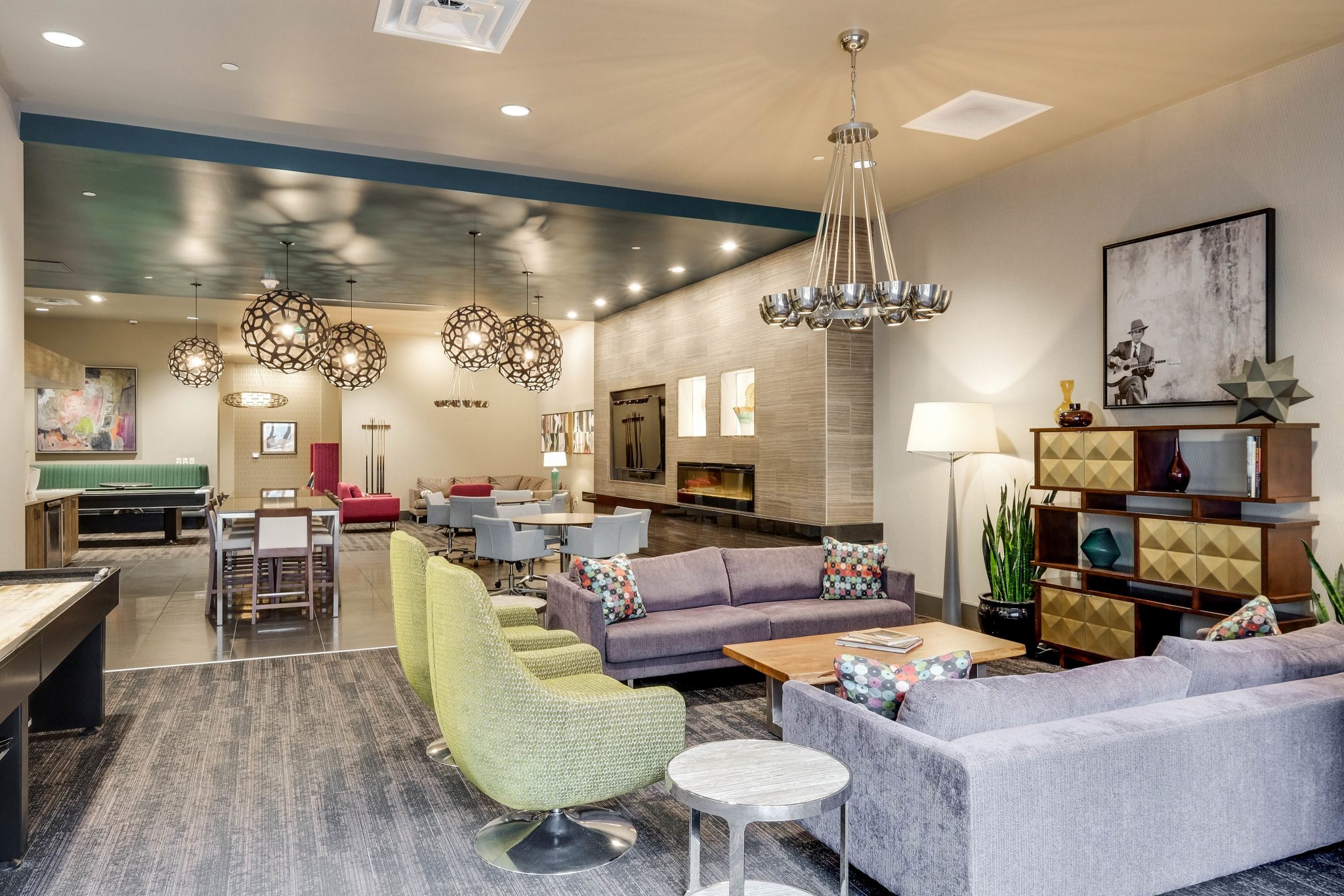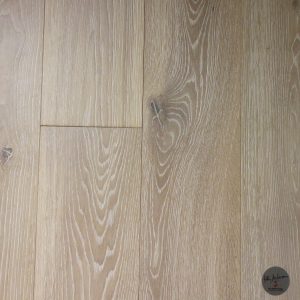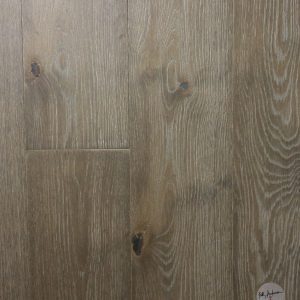
Health & Wellness Magazine – How Quality Design Affects Your Quality of Health
March 1, 2017 | Natalie Creel, Dead Horse Branding
When leading Nashville celebrity designer Kathy Anderson of Anderson Design Studio designs spaces, she is not just concentrating on the incredible design of the project, she has a very big beneficial health and wellness aspect behind her creative mind.
We have heard the rumors that colors can affect your mood, space can enhance the clearing of your mind, and overall design can influence your emotions. But is this true? We sat down with Kathy to pick her expert design mind.
Q. Can you tell us why and how interior design can influence health and wellness?
A. Kathy Anderson: Creating a home that feels calm and inspiring can make your life feel more productive and soulful. Your home should rejuvenate you when you walk through the door. This is accomplished by use of light, color and texture. The space should have a good flow of energy. The proper furniture selections and arrangement are very important.
Q. What specific colors enhance your mood in a space?
A. Kathy Anderson: This is a tough question because everyone is different and different colors can make them happy. In general, keep the wall colors lighter and fresher feeling. Very soft greens, pinks and yellows are more calming. A monotone room can be more serene and a room with pops of bright color can be more exciting. Your bedroom may have a different feeling than your kitchen as far as mood and color.
Q. What specific color(s) should one steer clear from if looking to better their emotional and mental health?
A. Kathy Anderson: I actually think lighting can have a bigger impact emotionally than color. If the space is dark, it feels gloomy no matter what color it is! Try and use natural light whenever possible. I think black walls would be depressing to live with, but with the right lighting, even that can work!
Q. What are you thinking about when you design a space with health and wellness benefits in mind?
A. Kathy Anderson: I first understand who will be using the space and then provide a solution that meets their needs. Like recommending a desk and chair that ergonomically correct for a home office, or a sofa that an elderly person can get in and out of easily, for example. I am also sensitive to carpets and paints that are less toxic. The VOC’s (Volatile Organic Compounds) in that ‘new paint smell” can actually last longer than you realize and cause health problems for people. The good news is there are a lot of products on the market today that are Green Guard Certified and labeled that way. I also think about the noise. Do I have carpets and upholstered pieces to help soften the sound? If a space is too loud, it can be stressful and make it hard for some people to have a conversation.
Q. Do you have any tips on how someone can make their space more functional without spending a lot?
A. Kathy Anderson: The number one thing would be to de-clutter. Spaces that are minimal, clean and organized are more restful. Rearranging the furniture for a better flow can work nicely too. Adding dimmers to your overhead lights can also give a great mood for little money.
Q. What are some simple, affordable ways people can introduce “green” and sustainable design components into their home?
A. Kathy Anderson: Be energy efficient by switching out your incandescent bulbs for LED bulbs. They are little more expensive, but last approximately 14 years. Green design is just being sensitive to the environment. Just by using less energy consumption, recycling and using natural materials such as wool and cotton can make your environment more healthy. Also, don’t forget to plan your outdoor spaces. Connecting with nature, even if it’s just with your first cup of coffee in the morning, can help you feel more relaxed and centered.
For more information on Kathy Anderson and her design projects, visit www.AndersonDesignStudio.com
To read original article, click here.




0 comments